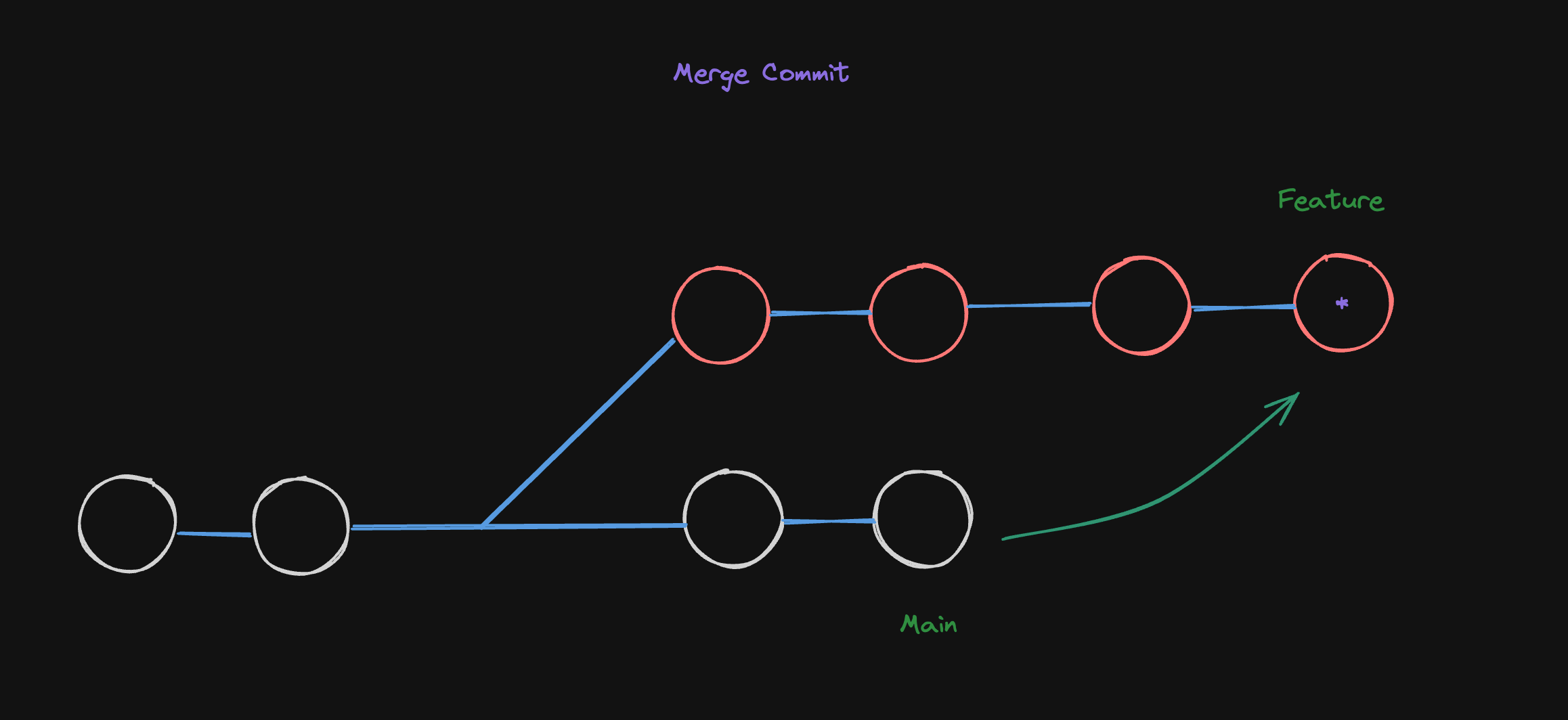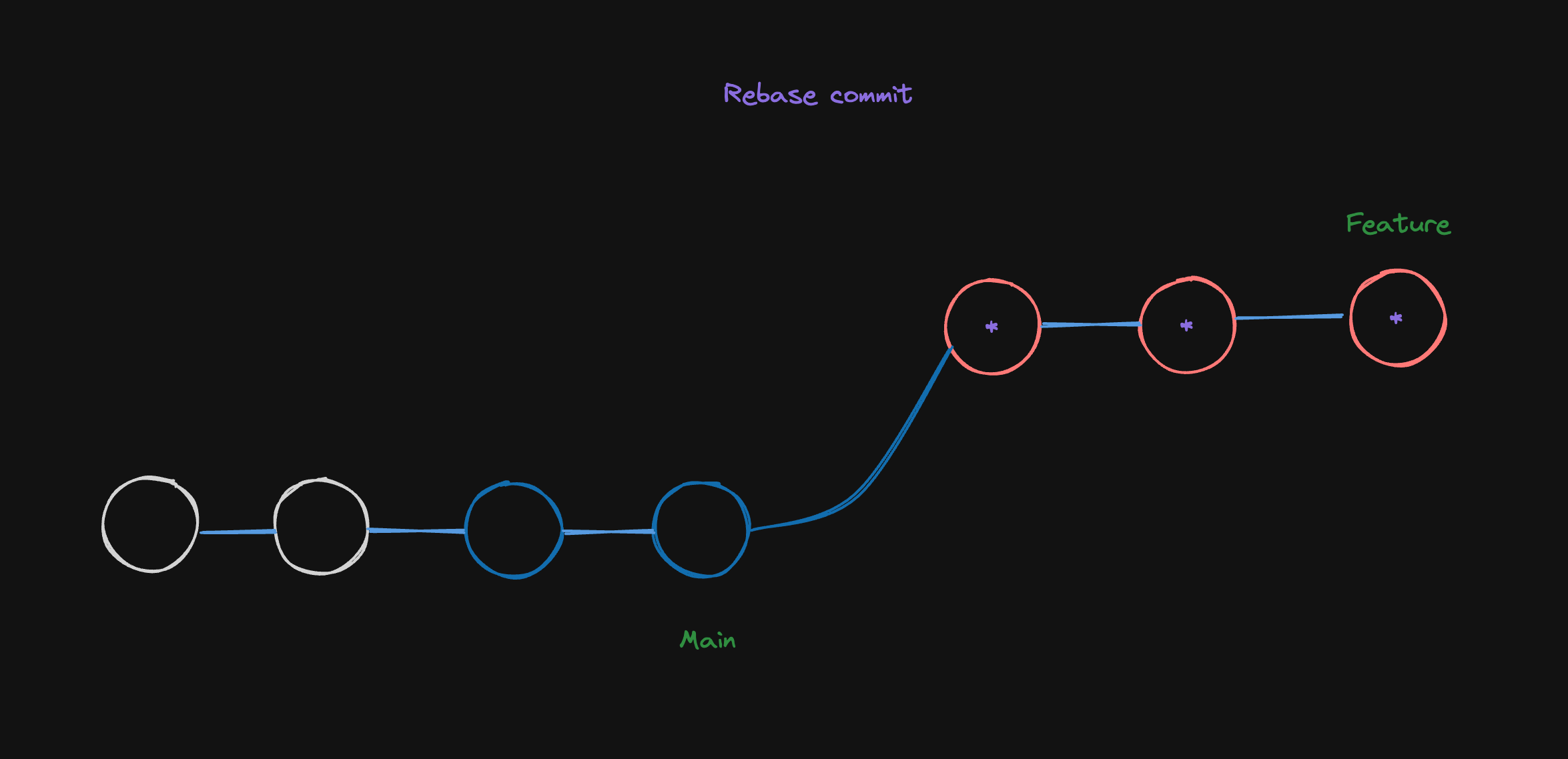Git Merge vs. Rebase: Key Differences
Discover the core differences and use cases between Git Merge and Git Rebase to optimize your version control.
Maintaining an organized and effective project history is essential for developers managing code repositories. This is made easier by the two essential Git operations, git merge and git rebase. Though they approach the task somewhat differently, both commands are intended to incorporate changes from one branch into another. Developers can maintain a clear and easy-to-navigate commit history by selecting the best integration technique by being aware of the differences between merging and rebasing.
We will be considering the following scenarios to understand the differences between git merge and git rebase:

The merge option
The git merge command is a simple and straightforward way to integrate changes from one branch into another. When a merge is performed, Git creates a new commit that combines the changes from the source branch into the target branch. This results in a new commit that represents the state of the project after the merge.
Key Characteristics of Git Merge:
- Non-destructive: Maintains the exact history of all changes.
- Creates a merge commit: This commit ties together the histories of both branches, making it clear that a merge occurred.
- Simple to understand and use: Especially beneficial for beginners or in scenarios where preserving the history is crucial.
The merge can be performed using the following steps:
git checkout main
git merge featureThis will create a new merge commit on the main branch that includes the changes from the feature branch, giving a branch history that looks like this:

Here the '*' represents the merge commit that combines the changes from the feature branch into the main branch.
Pros of Git Merge:
- Preserves chronological order and the exact history of all project changes.
- Ideal for collaborative environments where understanding the context of changes is important.
Cons of Git Merge:
- Can lead to a cluttered commit history, especially in projects with frequent merges.
- The "merge commits" can complicate the history, making it harder to navigate and understand.
The rebase option
The git rebase command is an alternative to merging that allows you to integrate changes from one branch into another by moving the commits from the source branch to the target branch. This results in a linear history, with the changes from the source branch appearing as if they were made directly on the target branch. In other words, rebasing rewrites the commit history by creating new commits for each commit in the source branch.
Key Characteristics of Git Rebase:
- Rewrites history: Commits are applied as if they were made directly on top of the base branch.
- Avoids extra commits: Does not create a merge commit, leading to a linear history.
- More complex: Requires a deeper understanding of Git's functionality.
The rebase can be performed using the following steps:
git checkout feature
git rebase mainThis will move the commits from the feature branch to the main branch, resulting in a linear history that looks like this:

Here the '*' represents the new commits created by the rebase operation, which apply the changes from the feature branch on top of the main branch.
Pros of Git Rebase:
- Results in a cleaner, linear commit history that’s easier to understand and navigate.
- Eliminates unnecessary merge commits, ideal for handling local branch updates before integrating with a remote repository.
Cons of Git Rebase:
- Can be risky as it alters the commit history, which can be problematic for shared branches.
- Requires a good grasp of Git commands and concepts, potentially leading to confusion and errors if not used correctly.
Choosing Between Merge and Rebase
The choice between git merge and git rebase depends on several factors, including the project's workflow, the importance of maintaining an accurate historical record, and the collaborative nature of the environment.
When to Use Git Merge:
- Collaborative projects: When multiple developers are working together and merging their changes frequently.
- Preserving history: In projects where it is important to preserve an accurate history of all changes and decisions.
- Public/shared branches: For branches that are public and used by multiple people, merge commits provide a clear history that rebasing could obscure.
When to Use Git Rebase:
- Simplifying complex histories: Before merging feature branches into the main branch to keep the project history linear.
- Local branches: Safely rewriting history in branches that have not been pushed to a shared repository.
- Preparation for a merge: Sometimes used to tidy up a feature branch’s history before integrating it with the main branch through a merge.
The Golden Rule of Rebasing
When using git rebase, it is essential to follow the "Golden Rule of Rebasing": Never rebase commits that have been pushed to a shared repository. This is because rebasing rewrites the commit history, which can cause conflicts and confusion for other developers working on the same branch.
Conclusion
Both git merge and git rebase have their advantages and disadvantages, and the choice between them depends on the specific requirements of the project. By understanding the differences between the two operations and their implications on the commit history, you can make informed decisions to maintain a clean and organized project history.